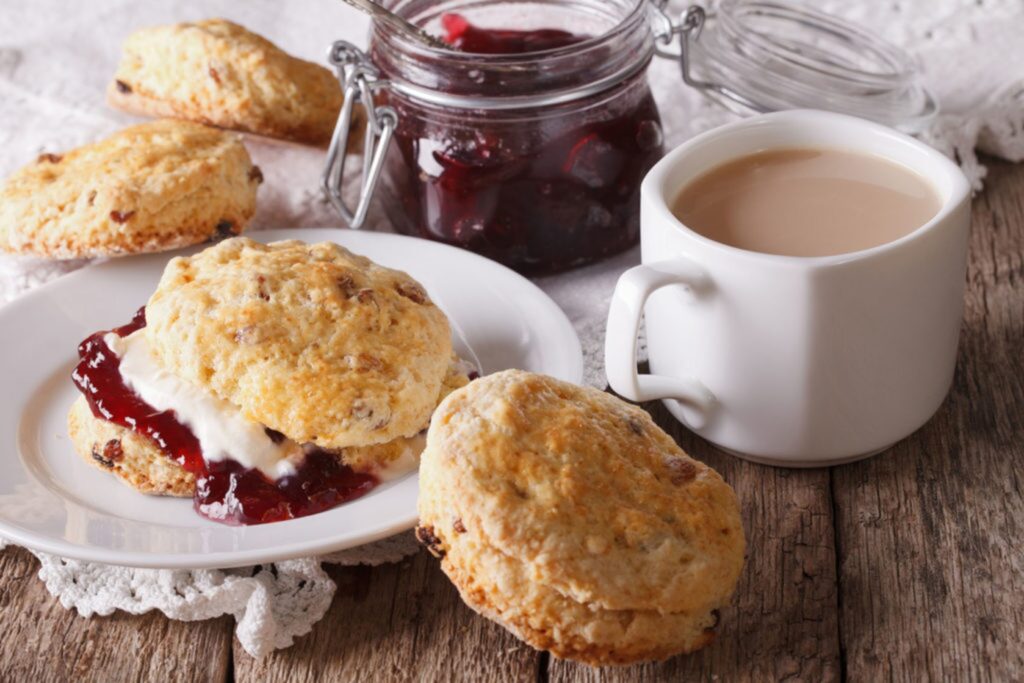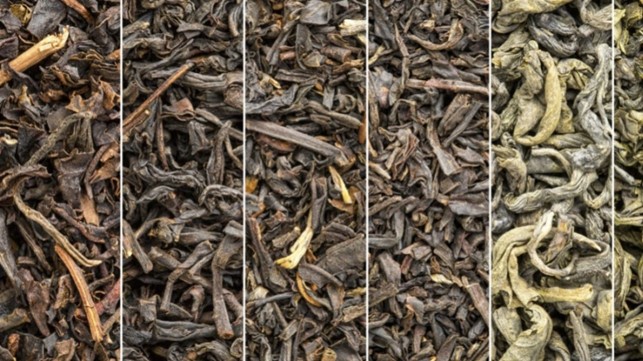How is tea born?
Tea was born in China as a medical substance (medicinal herb) for external use, but also to make decoctions. It is subsequently used in soups and only at the end it will evolve in the infusion we know today. The first mention of tea in a written text is dated back to 200 BC in a treaty of pharmacopoeia.
Tea as an infusion was discovered and appreciated by Chinese imperial dynasties for its particular taste, whereas Buddhist monks also used it for its nerve power during their meditative practices.
Therefore tea, although having peasant origins, became popular thanks to the push of the imperial caste and of the religious caste. The main person responsible for promoting this passage and the name of tea was Lu Yu.
The Canon of Tea (Cha’ Ching) by Lu Yu is the most important book about the world and culture of tea. The text was most probably composed between 758 and 761 AD and it is the most ancient existing volume about this beverage. With this work Lu Yu definitively formalized the method of preparation of the perfect cup of tea, which definitely abandoned the connotation of medicinal herb or plant used in soups. Under the influence of Lu Yu and of the Sung dynasty tea plays a preponderant role in Chinese civilization: it is part of the imperial treasure, it is used as a currency. In this period the leaves are crushed until they are reduced to a very fine powder, this is put in a bowl and, with the addition of hot water, beaten with a bamboo whisk until it foams up. The very precise ritual, today survives only in Japan in the Tea Ceremony (Cha no yu) for the preparation of Matcha Tea.
Tea was introduced in Japan around 1100 AD.
With the Mongol invasion in China and the advent of the Ming dynasty, this type of ground tea disappears. We are around the thirteenth century and at this time the leaf is dried in the sun, then it is left just few minutes in infusion in water not too boiling.
The advent of tea in Europe.
Tea arrived in Russia around 1600 as a gift from the Mongolian emperor to the czar of Russia. In Europe it had already spread at the end of 900 AD because of the various contaminations coming from the silk road, but the complete spreading took place around 1500, when in Holland and in Portugal the maritime commerce depopulated. Even in this case tea was used by doctors as an infusion that could cure all ills.
A further step forwards in the spreading of this beverage takes place with the establishment of the East India Company around 1600. Whereas in 1662 Charles II and Catherine of Braganza, belonging to the English royal family, encouraged the consumption of tea in England.

The consumption of tea in Great Britain grew a lot and imposed itself as a national custom also thanks to Anne of Bedford who introduced the 5 o’clock tea as the third meal of the day, in order to make up for the lack of time between breakfast and dinner, therefore accompanied by cookies and sweets and sweetened in order to give energy. In working class people tea becomes a real right to take a working break.
Controversial is the origin of the addition of milk or lemon, so British and typical of teatime. It remains unusual the choice of lemon is never used by Chinese.
Tea has also been part of many curious events during the course of history, even in the western world. We cannot forget about the Boston Tea Party. It was an act of protest by American colonists, in response to the continuous raising of taxes, promoted by the British government. A group of young Americans boarded British ships anchored in the port of Boston. Once on board they threw into the sea the crates of tea carried by the ships.



